Brewster NY Area | 845-266-6823
Danbury, CT Area
Clearing Up 6 Common Misconceptions About Demolition Services
You may have some preconceived ideas or misconceptions about what demolition services involve. However, the reality can be quite different from the assumptions some make about the demolition industry. We want to clear up six of the most common myths and help provide a more accurate picture of commercial and residential demolition services. Here are some common misconceptions about these services and the truth surrounding them.
1. It’s as Simple as Knocking Things Down
One of the biggest misconceptions about demolition contractors is that their work is as straightforward as taking a wrecking ball or sledgehammer to a building. However, professional demolition services utilize a range of methods and equipment to systematically and safely take down structures. Teams need to assess hazardous materials, obtain permits, coordinate utility shutdowns, and develop engineered demolition plans before carefully taking apart a building piece by piece. Cranes, excavators, and other machinery are strategically used while following strict protocols. Simply knocking things down haphazardly is extremely dangerous and irresponsible.
2. It's a Messy, Dangerous Job
It’s true that demolition can involve dust, noise, and heavy equipment. However, reputable demolition services adhere to environmental, safety, and health procedures that protect workers and the public while meeting local regulations. Things like barricades, water spray for dust suppression, asbestos remediation, lead removal, air monitoring, and daily cleanup mean the job is done with everyone’s well-being in mind. Strict safety protocols governing equipment operation drastically reduce risks on a demolition job site. The work isn’t the wild and hazardous free-for-all some people think.
3. It’s the Same as Construction in Reverse
Demolishing a structure requires an entirely different strategic approach, skill set, and mindset compared to building one. Construction is additive, and demolition is subtractive. Demolition contractors assess how integral certain components are to the overall stability of a structure and remove them in a precise sequence using specialized tools. They do this while considering fallback zones, implosion techniques, shifting loads, and other factors that construction doesn’t need to focus on. Simply “reversing” construction techniques is ill-advised and extremely dangerous for demolition. The proper phasing, sequence, and execution make demolition a unique endeavor.
4. Old Buildings Are Just Knocked Down
Many people are surprised to learn that demolition services salvage and recycle materials from many structures before demolition. From sought-after vintage items to doors, bricks, lighting fixtures, and lumber, crews dismantle components that retain value. Metals like copper and steel are also recycled. Not only does this potentially produce materials for resale or reuse, but it also reduces waste and the carbon footprint. Some structures contain heritage attributes worth preserving through careful deconstruction. Selective demolition allows younger buildings to utilize existing foundations and walls. The days of mindlessly knocking down old buildings are fading.
5. It’s the Easiest Way to Clear Land
While structures need to be demolished before constructing something new, the reality is that demolition involves much more than just clearing land. Demolition experts survey for risks, handle permits and approvals, conduct environmental assessments, coordinate disconnecting utilities, prepare detailed demolition plans, and schedule appropriate equipment and crews. During demolition, things like dust and noise control, traffic management, and fall zones need to be maintained. Post-demo, the land itself may require environmental remediation, grading changes, and more. There are many complexities to managing demolition jobs rather than just haphazardly tearing things down to clear land. Proper demolition services ensure the clearance of land is just one part of the whole process.
6. It Doesn’t Require Any Special Skills
It would be completely unsafe and irresponsible for demolition services to be attempted by anyone lacking the proper capabilities, experience, and skills. Extensive knowledge of equipment operation, engineering techniques, structural analysis, hazardous materials, utility systems, and safety protocols is mandatory. Planning appropriate sequential deconstruction, managing debris, dust, and noise, and executing demolition for optimal safety require specialized abilities. Work also must meet stringent regulatory requirements, overseeing everything from waste disposal to historical designation protections. Recklessly tearing into a standing structure often leads to disasters. Leave demolition services to trained experts packing the proper specialization.
With a better public understanding of the intricacies this complex industry faces, demolition contractors can receive the appreciation and support their responsible work warrants in revitalizing communities. They play an important role in the construction industry, which is currently booming. According to Gitnux, private construction investment in the United States has risen over the last 10 years, with an estimated $1429.2 billion being spent. If you're looking to hire a professional for demolition services, call Cirone Construction & Carting now to discuss your needs.
SERVING
and surrounding areas
HOURS
HOURS
CONTACT US
irene@cironeconstruction.com



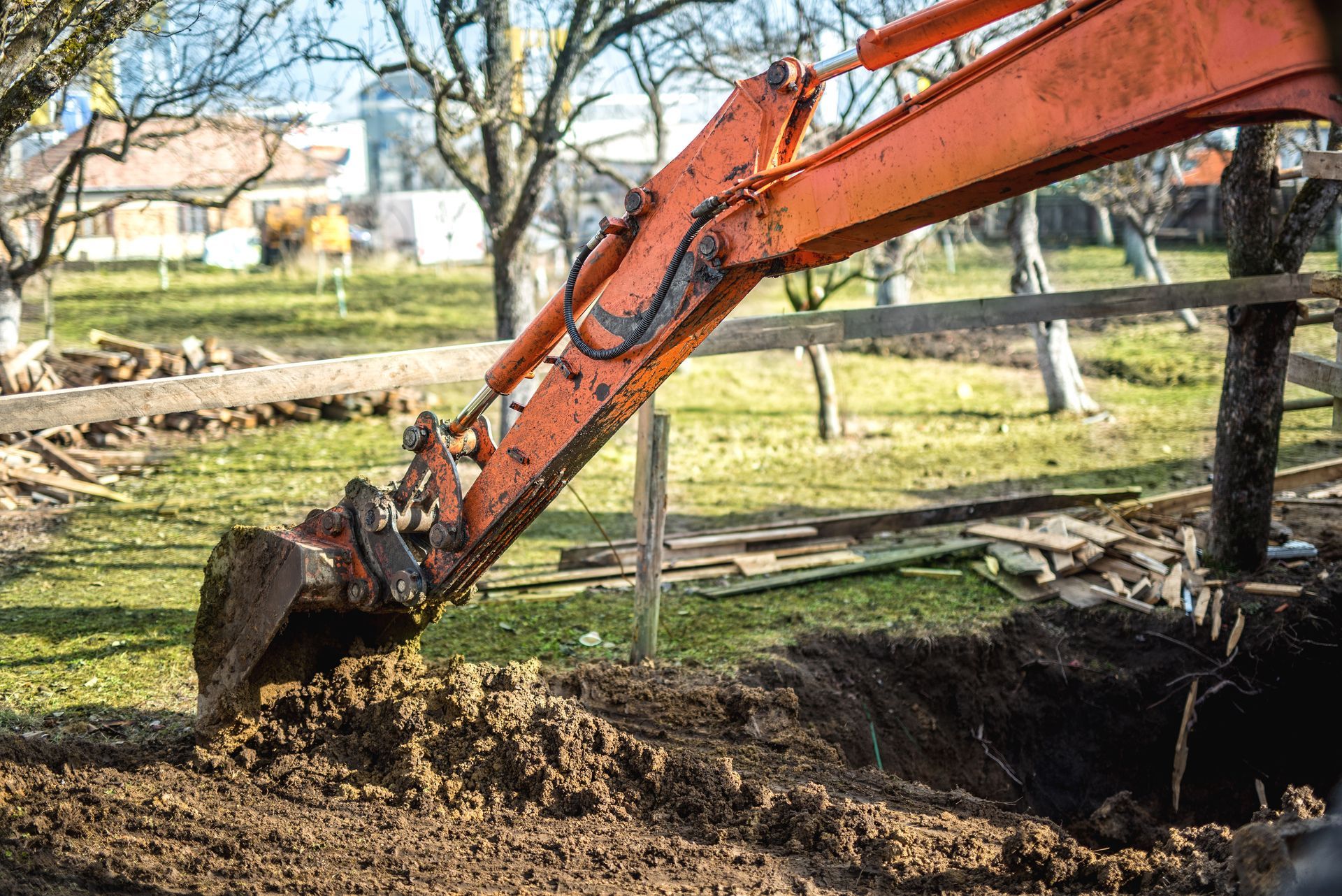
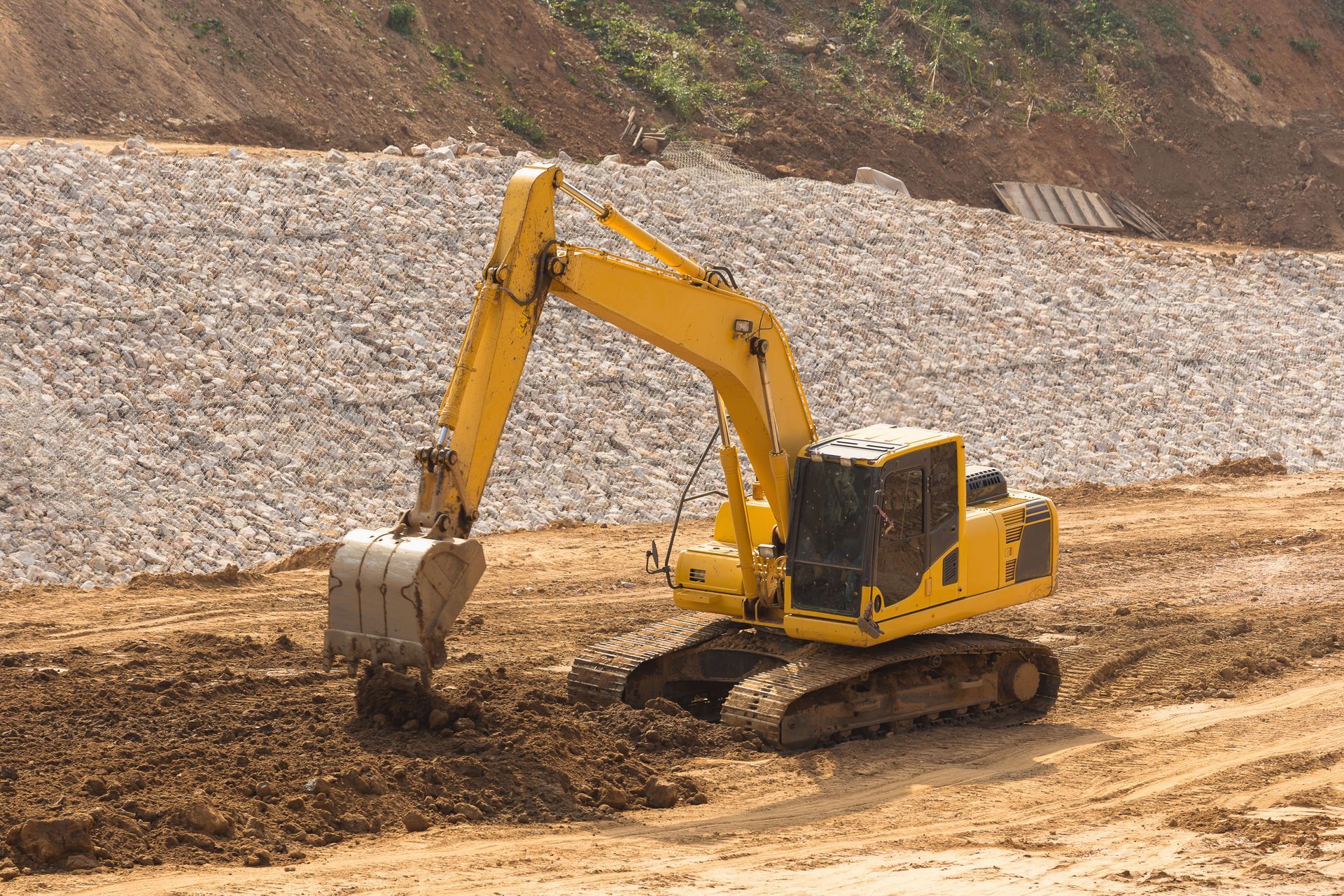

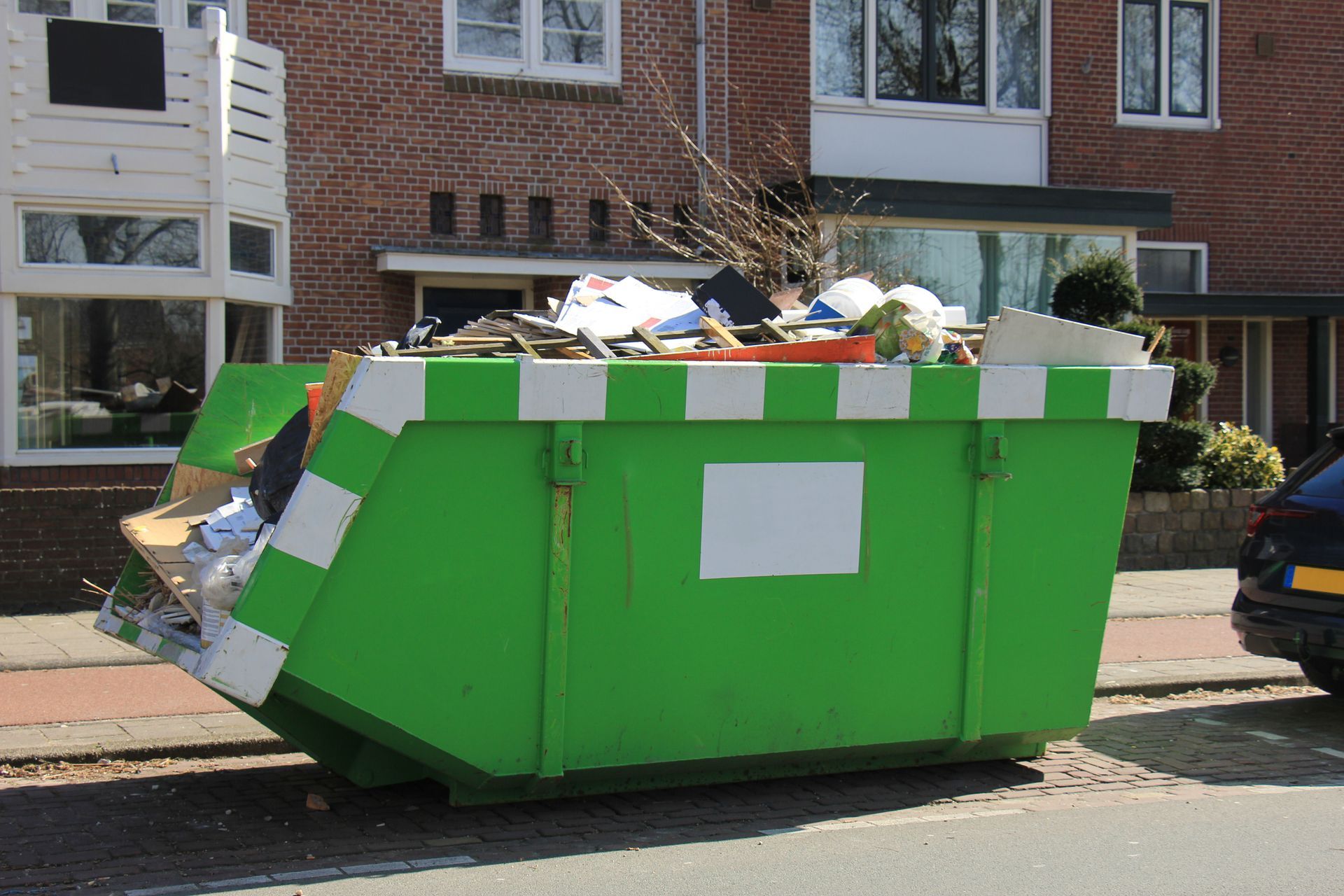
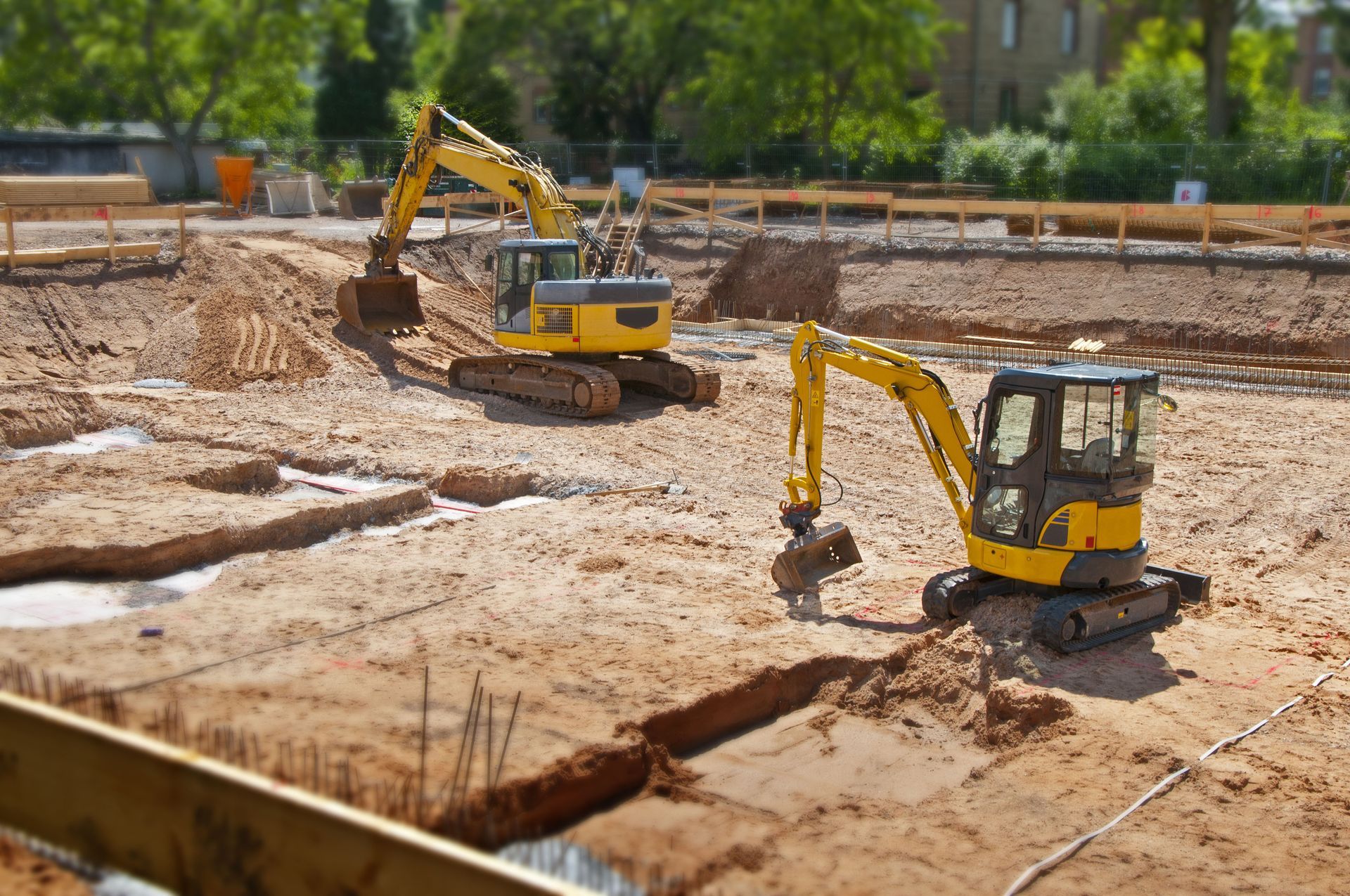

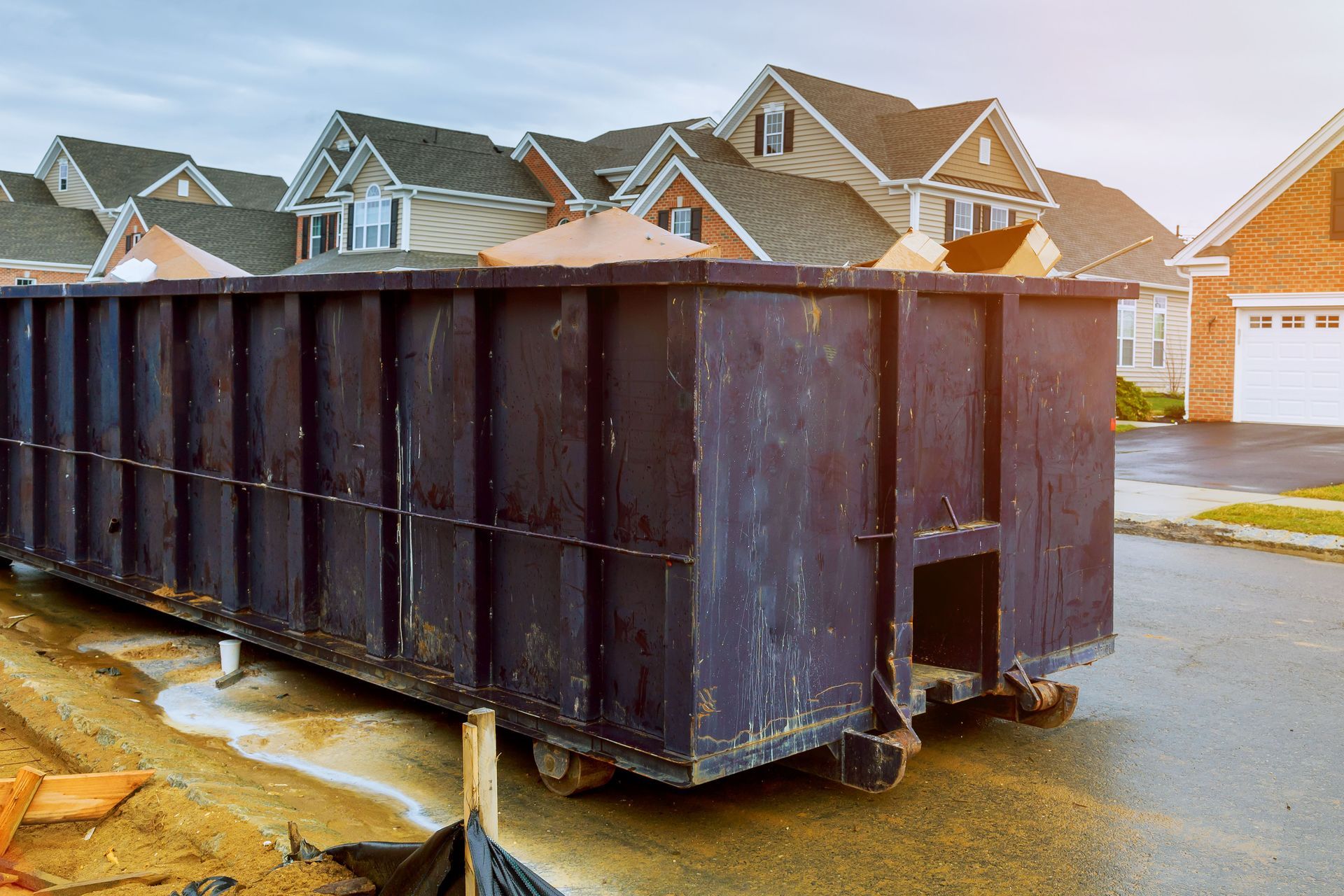
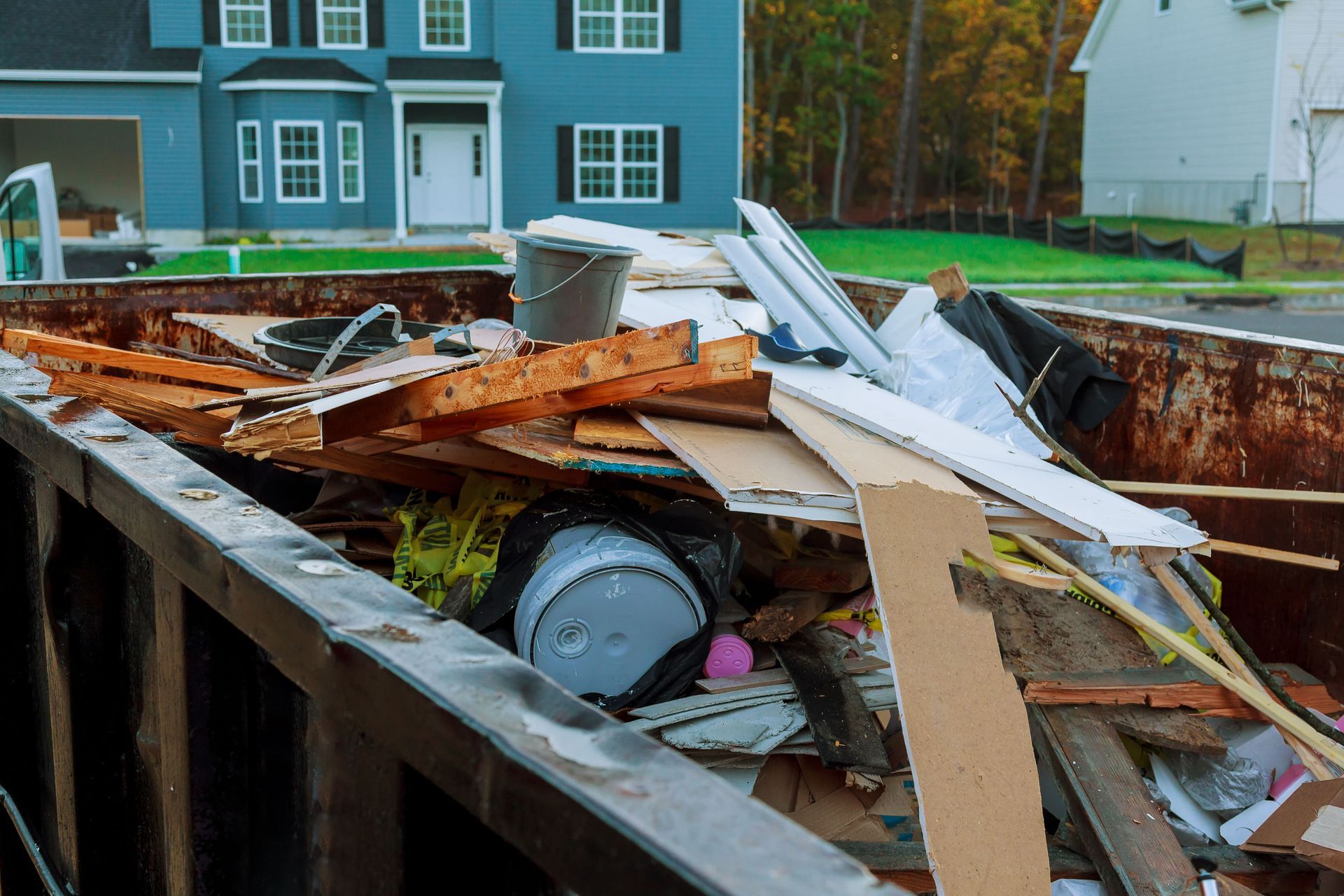
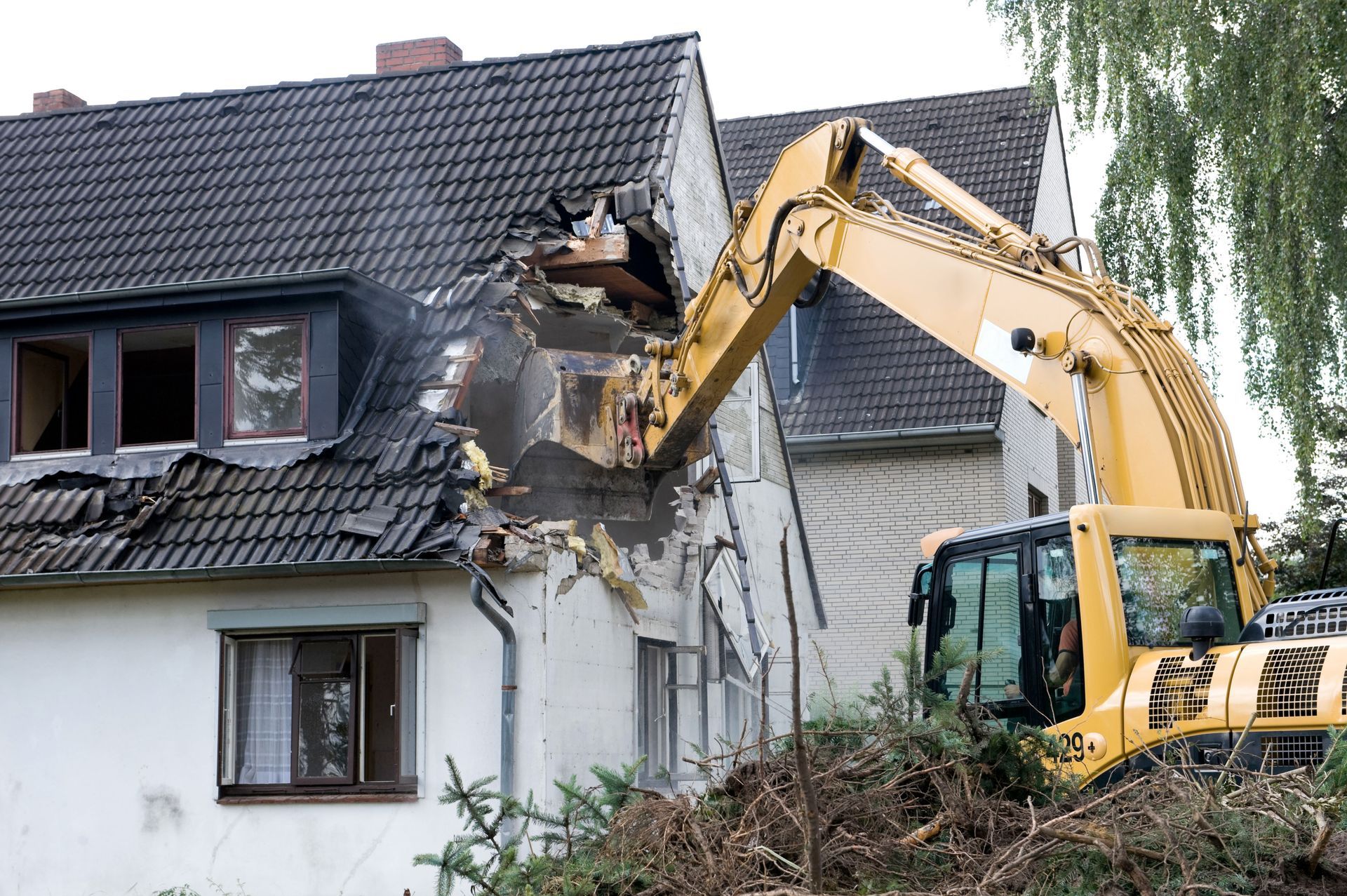
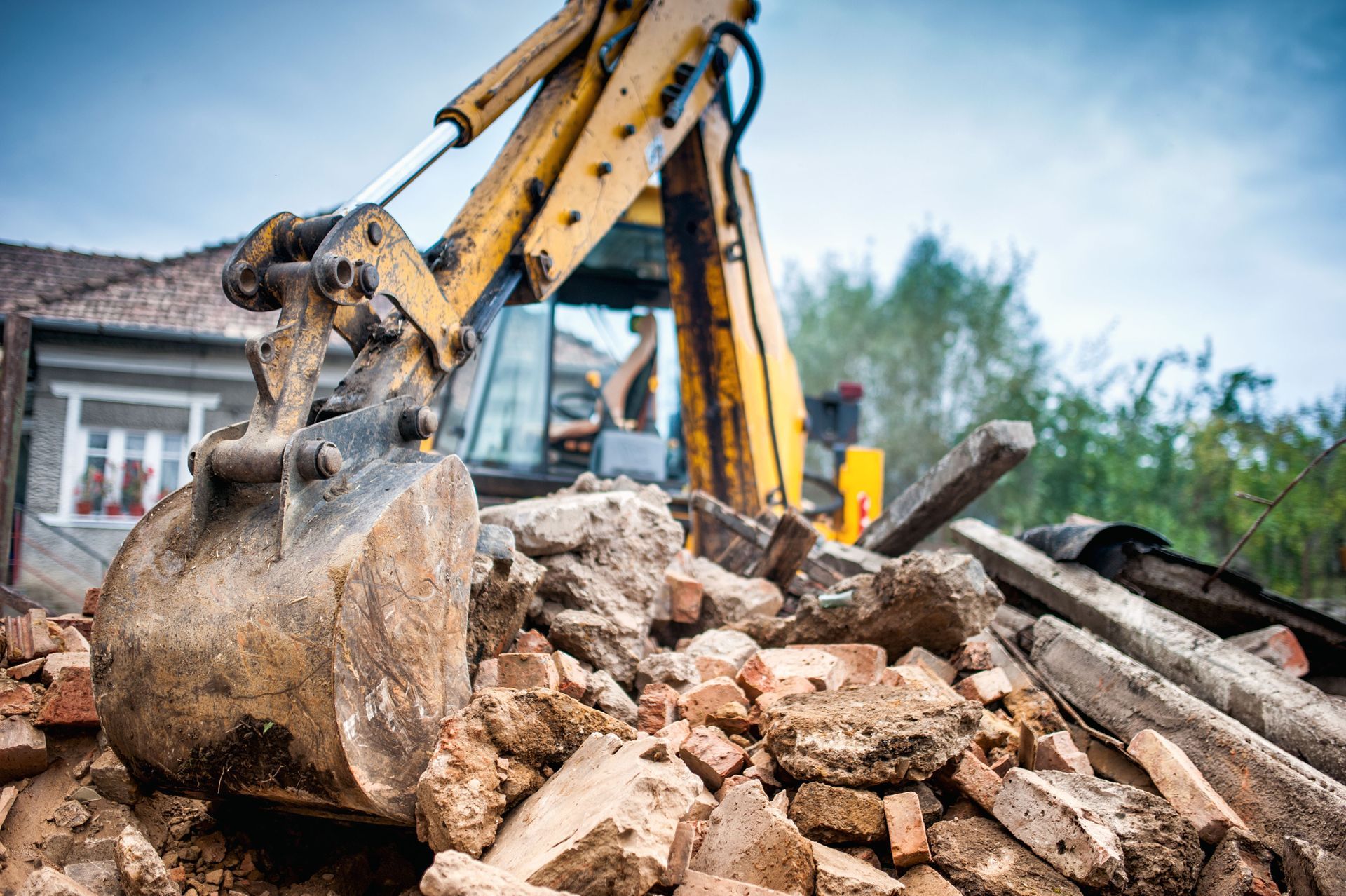

Share On: